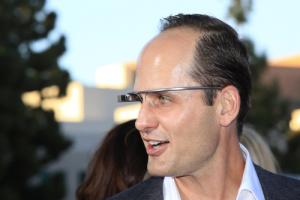Back in October of 2010 I wrote about Skinput and thought it was the solution for input and that was before Kinect came along and it still could be a mobile solution with using one’s arm for both control and data. Kinect of course allows gesture control. We are not to the point of carrying around a portable Kinect unit yet and this technology uses blue tooth wireless to input data so there’s still a lot of room here for mobility for sure. Just imagine having your arm ready to receive data input that goes to your phone? Pretty interesting concept and actually focuses in on input rather than just interactive screens, so it is different than Kinect. The use of gestures is here with having the screen show up on your arm from your phone. The amount of tan you have on your skin might affect visibility and viewable real estate might improve with larger arms. . Just beam that medical record to my arm please. BD
Skinput, a Bluetooth-enabled device, allows you to use your own skin as an input device for devices like MP3 players, cell phones, or gaming consoles. The device works via an armband that contains a small projector, which beams a screen onto your hand or forearm. Bluetooth then transmits the corresponding signal to the appropriate device; if you’ve just dialed a phone number, for example, it sends the info to your phone and dials the number, or just hit your arm and choose a song from your MP3 playlist. Whose idea: Chris Harrison, a Carnegie Mellon Ph.D student, and researchers Desney Tan and Dan Morris — both from Microsoft Research.






